Heim » Ressourcen » Blogs
Thermoplastische Polypropylen-Wabenplatten werden aufgrund ihres geringen Gewichts, ihrer Langlebigkeit und ihrer hohen Leistung zunehmend in Bodenbelagsanwendungen eingesetzt. Diese Böden bestehen aus einem Polypropylen-Wabenkern und einer CFRT-Außenschicht (Continuous Fiber Reinforced Thermoplastic) als Grundzusammensetzung und werden dann je nach Anwendungsanforderung mit anderen Materialien verbunden.
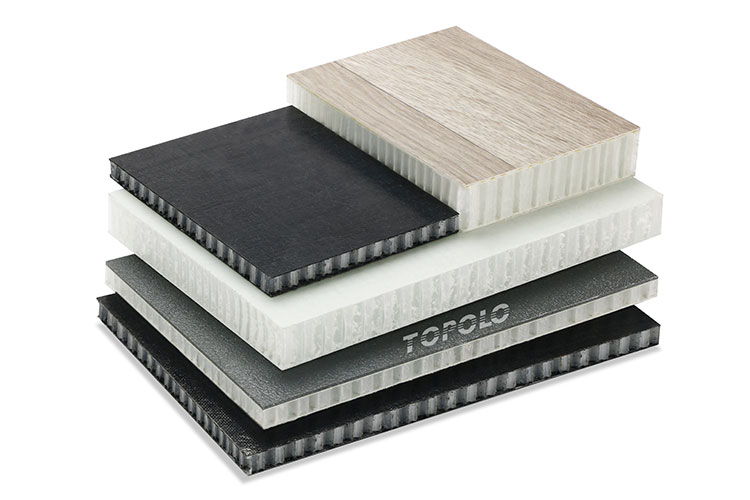
Strukturdiagramm
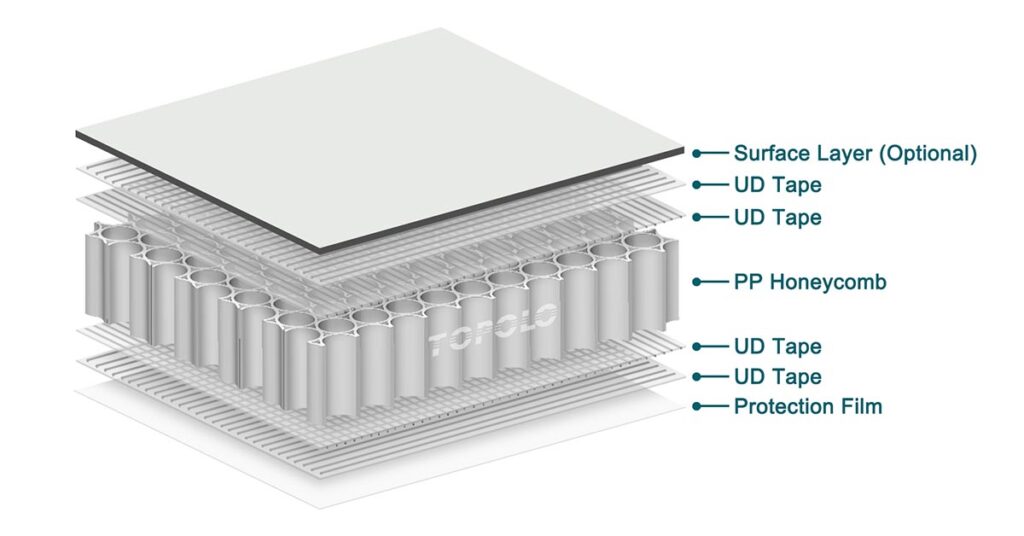
Hauptvorteile der Verwendung von thermoplastischen Polypropylen-Waben als Bodenbelag:
Lightweight & high strength
Lightweight & high strength: The honeycomb structure of polypropylene plastic effectively reduces the overall weight through its unique hollow design while maintaining excellent load-bearing capacity. The continuous fiber reinforced thermoplastic as the honeycomb skin further enhances the durability of the floor, improves its impact resistance and tensile strength, and enables it to withstand higher loads and more severe use environments.
Durability
Polypropylene material has excellent corrosion resistance, chemical resistance and moisture resistance, and can maintain a long service life in challenging environments. It can resist corrosion from a variety of common chemicals, including acids, alkalis and solvents, so it is widely used in industries such as chemicals, food processing and medicine. In addition, polypropylene material performs well in humid environments and is not easy to absorb water, so it can maintain its structural stability and strength even in high humidity or humid conditions. Its high durability makes polypropylene material an ideal choice for many heavy-duty and harsh environments, ensuring reliability and low maintenance requirements during long-term use.
Sustainable economic development
Thermoplastic polypropylene material is a 100% recyclable material that can effectively reduce the impact on the environment. The recyclability of this material not only helps reduce resource consumption, but also reduces waste generation, thereby reducing dependence on natural resources. During the production process, the energy consumption of thermoplastic polypropylene materials is relatively low, further reducing the carbon footprint. Through recycling, thermoplastic polypropylene materials can be effectively used in multiple life cycles, supporting green manufacturing and sustainable development goals. These characteristics make it an ideal choice for many industries to implement sustainable economic development strategies.
Economic benefits
Thermoplastic polypropylene honeycomb panels greatly reduce the construction cost of floor systems. Compared with traditional materials, they bring lower production and transportation costs, and their durability and corrosion resistance reduce the frequency and cost of later maintenance, thus bringing long-term economic benefits to customers.
Typische Anwendungen
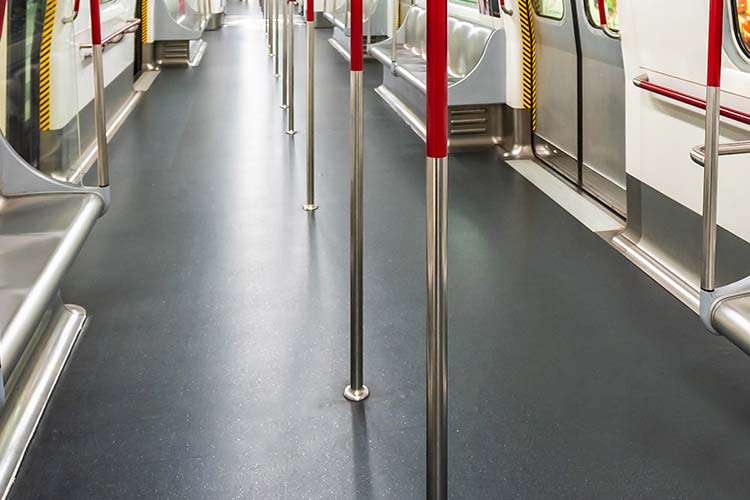

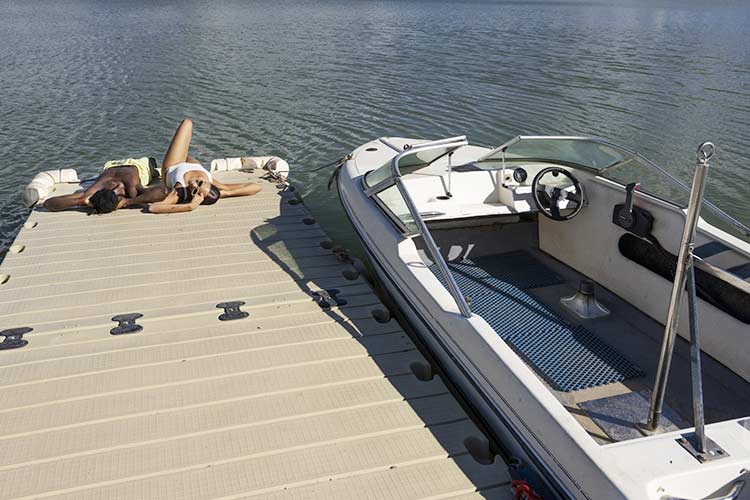
Strukturelle Zusammensetzung
| Kern | Polypropylen-Wabe (Zellgröße: 8, 10, 12m) |
| Verstärkungsschicht | CFRT (Endlosfaserverstärkter Thermoplast) |
| Deckschicht (optional) | Vinylleder, Quarzsand FRP usw. |
| Dicke | 5,0-100 mm |
| Breite eines einzelnen Paneels | Maximal 2,8 m |
| Länge einzelner Paneele | Maximal 12 m |
Üblicher thermoplastischer Polypropylen-Wabenboden
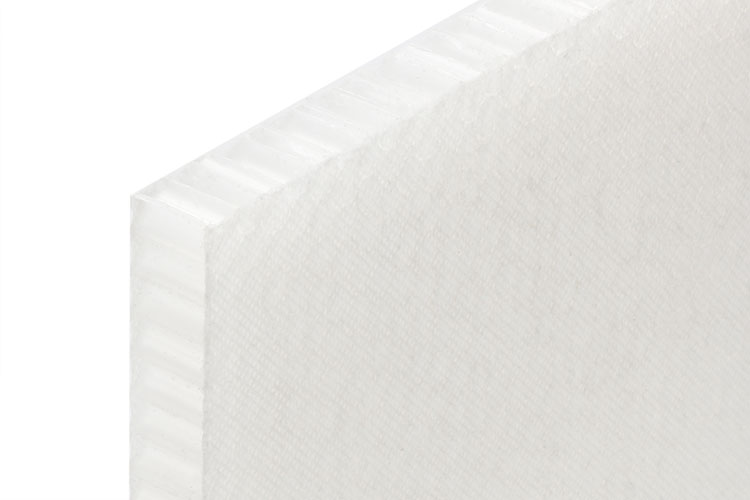
Vlies-Wabenplatten aus Polypropylen
Anträge:
- Kernmaterialien für Bodenbeläge.

Wabenplatten aus Polypropylen mit natürlicher CFRT-Haut
Anwendung:
- Bodenbelag.

Wabenplatten aus Polypropylen mit schwarzer CFRT-Haut
Anwendung:
- Bodenbelag.

Schwarze, rutschfeste Wabenplatten aus CFRT-Haut aus Polypropylen
Anträge:
- Böden für Trockenfrachter.
- Rampen.
- Mobile Bühnen.
- Gerüstpaneele usw.
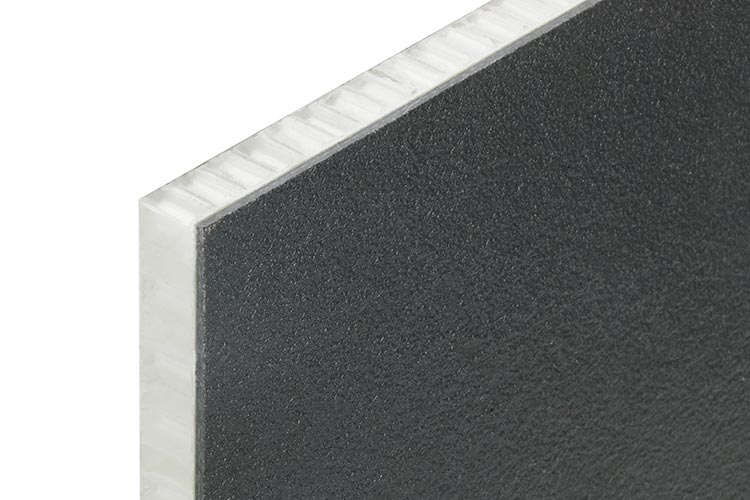
Quarzsand GFK-Haut Polypropylen-Wabenplatten
Anträge:
- Rampen.
- Bürgersteige.
- Gänge.
- LKW-Boden usw.
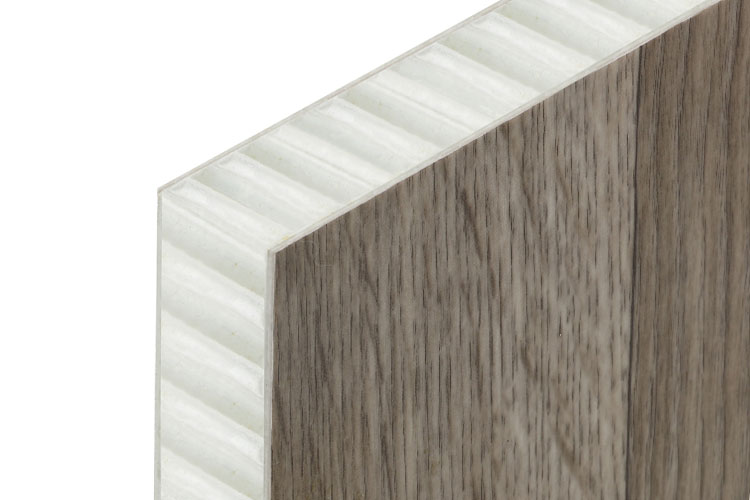
Vinyllederverkleidung mit Polypropylen-Wabenplatten
Anträge:
- Wohnmobile.
- Autobusse.
- Fußgängerunterführungen.
- Hochgeschwindigkeitszüge usw.
Die Wabenböden der TOPOLOGROUP sind modular aufgebaut, leicht aufgebaut, einfach zu handhaben und schnell zu verlegen. Dieses innovative Design macht das Bodensystem beim Bau und Transport effizienter. Der modulare Aufbau erhöht nicht nur die Flexibilität der Installation, sondern ermöglicht auch die Anpassung an unterschiedliche Bedürfnisse, um sich an verschiedene komplexe Umgebungen anzupassen.